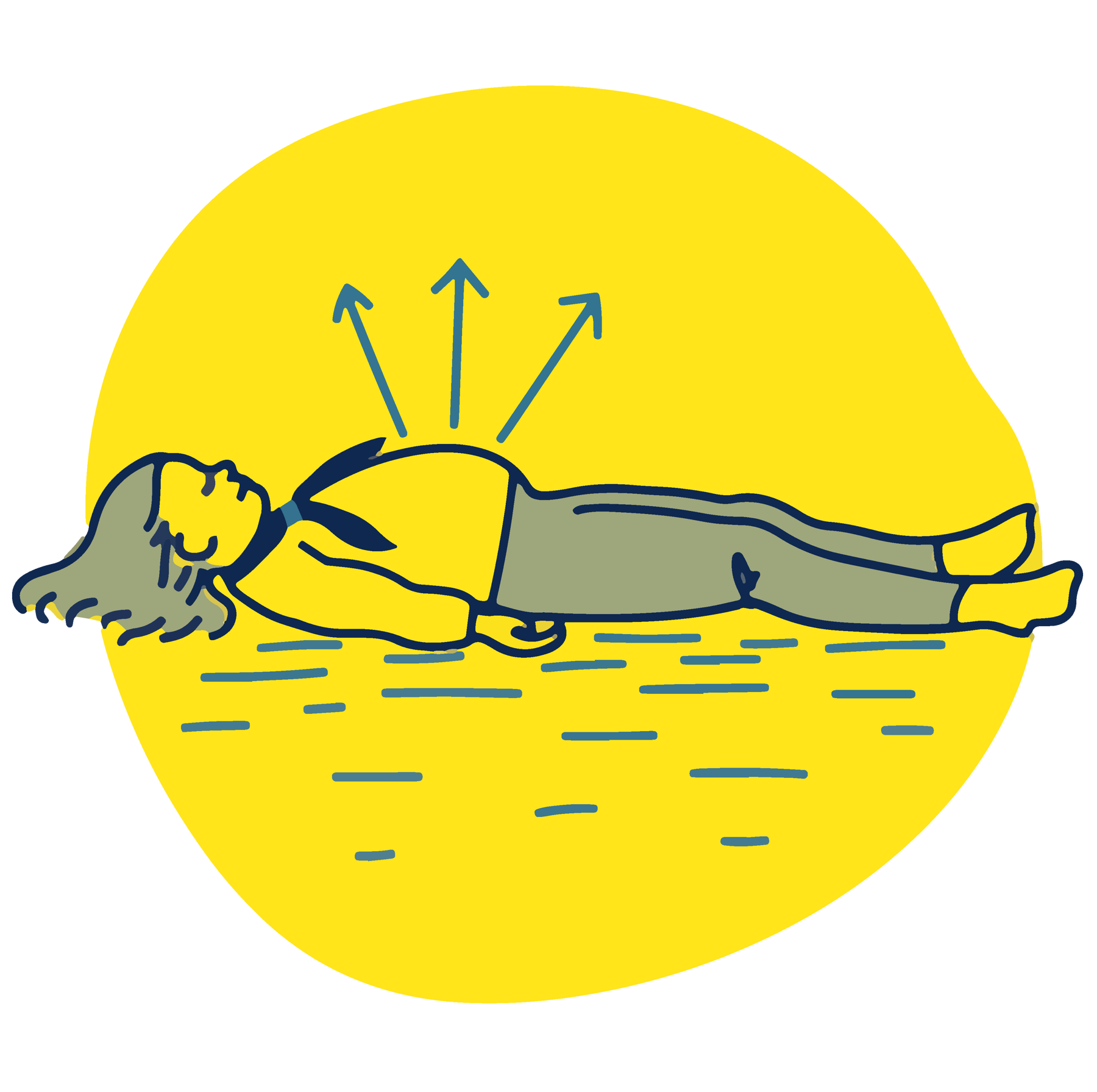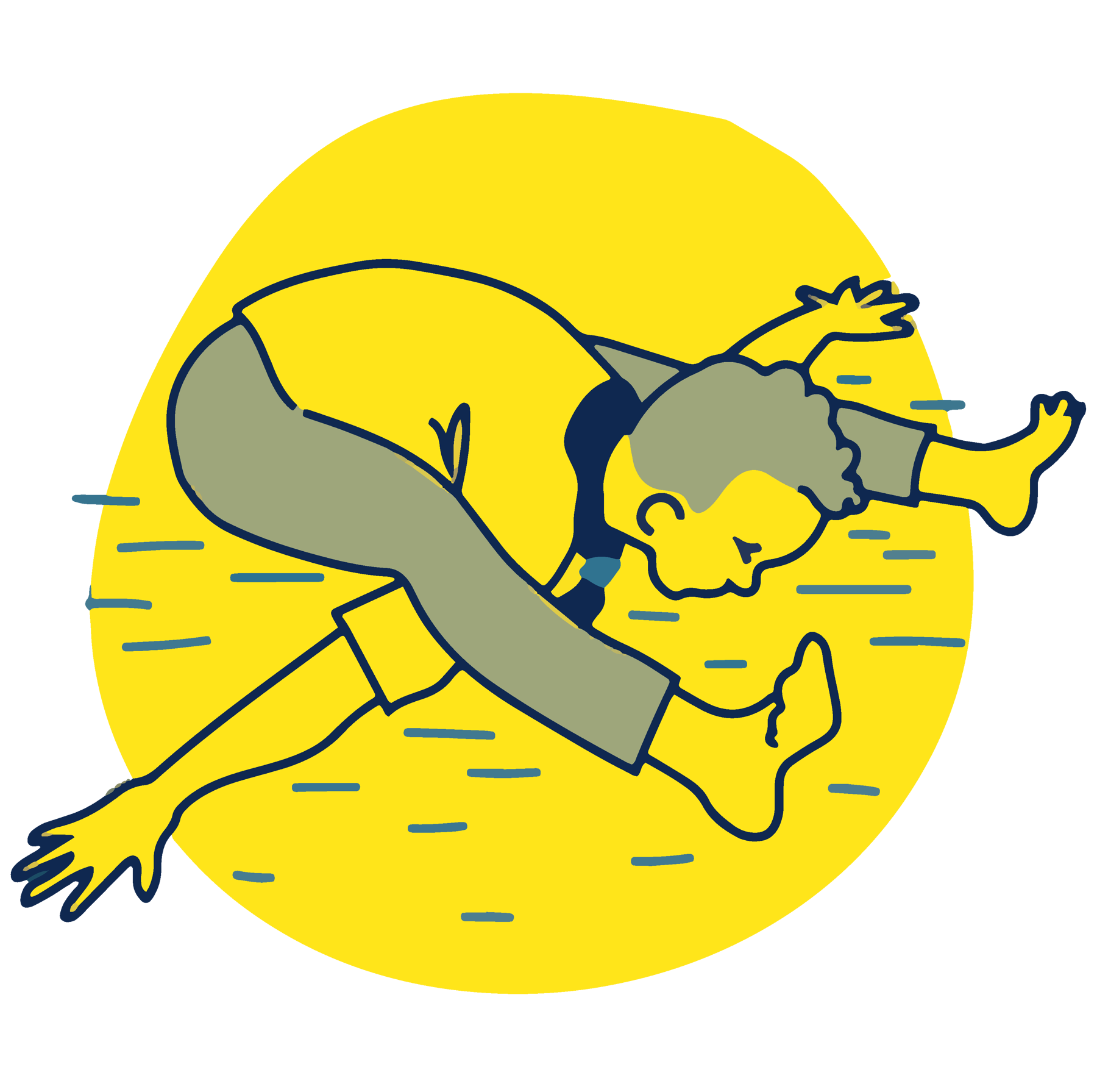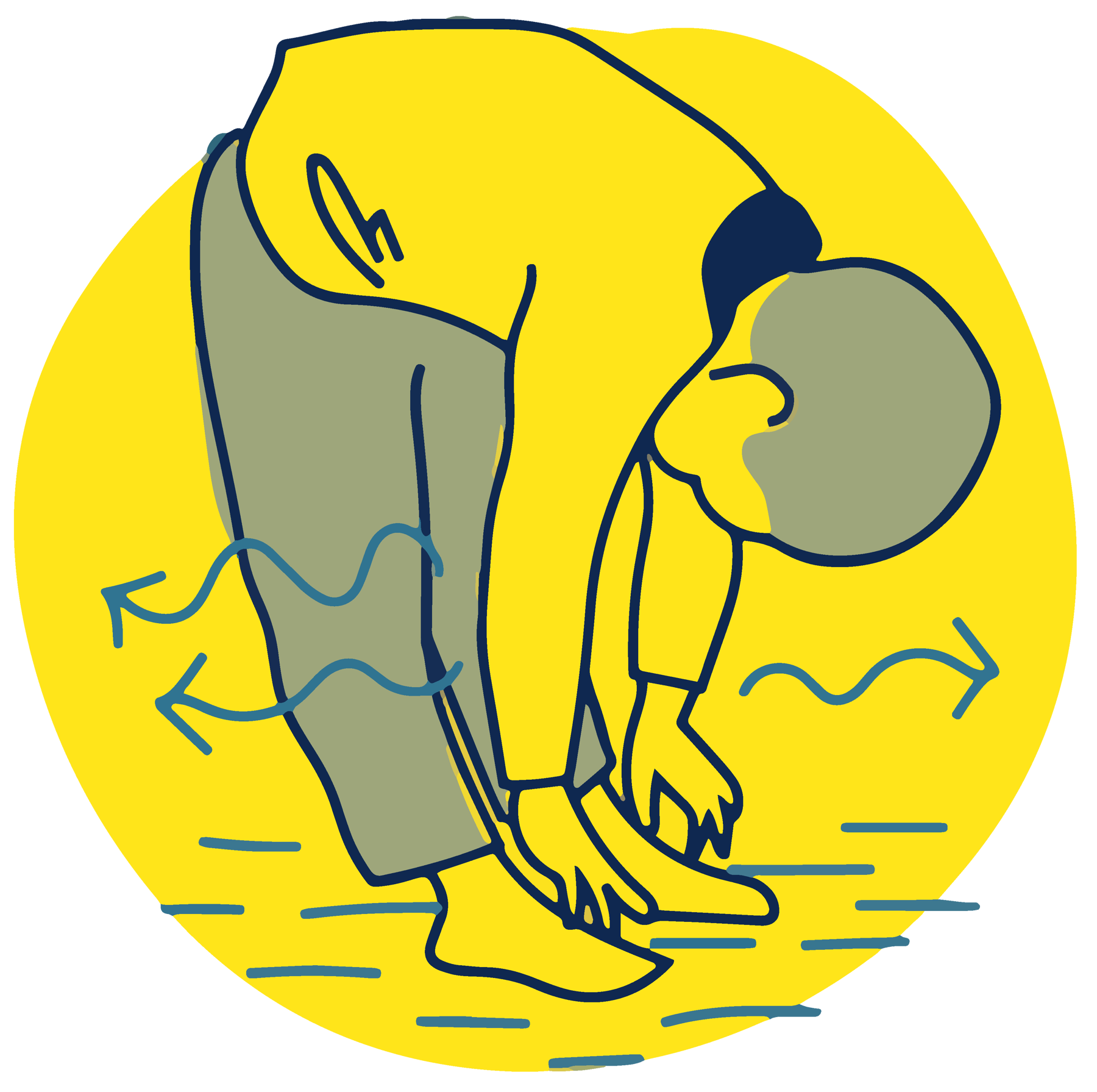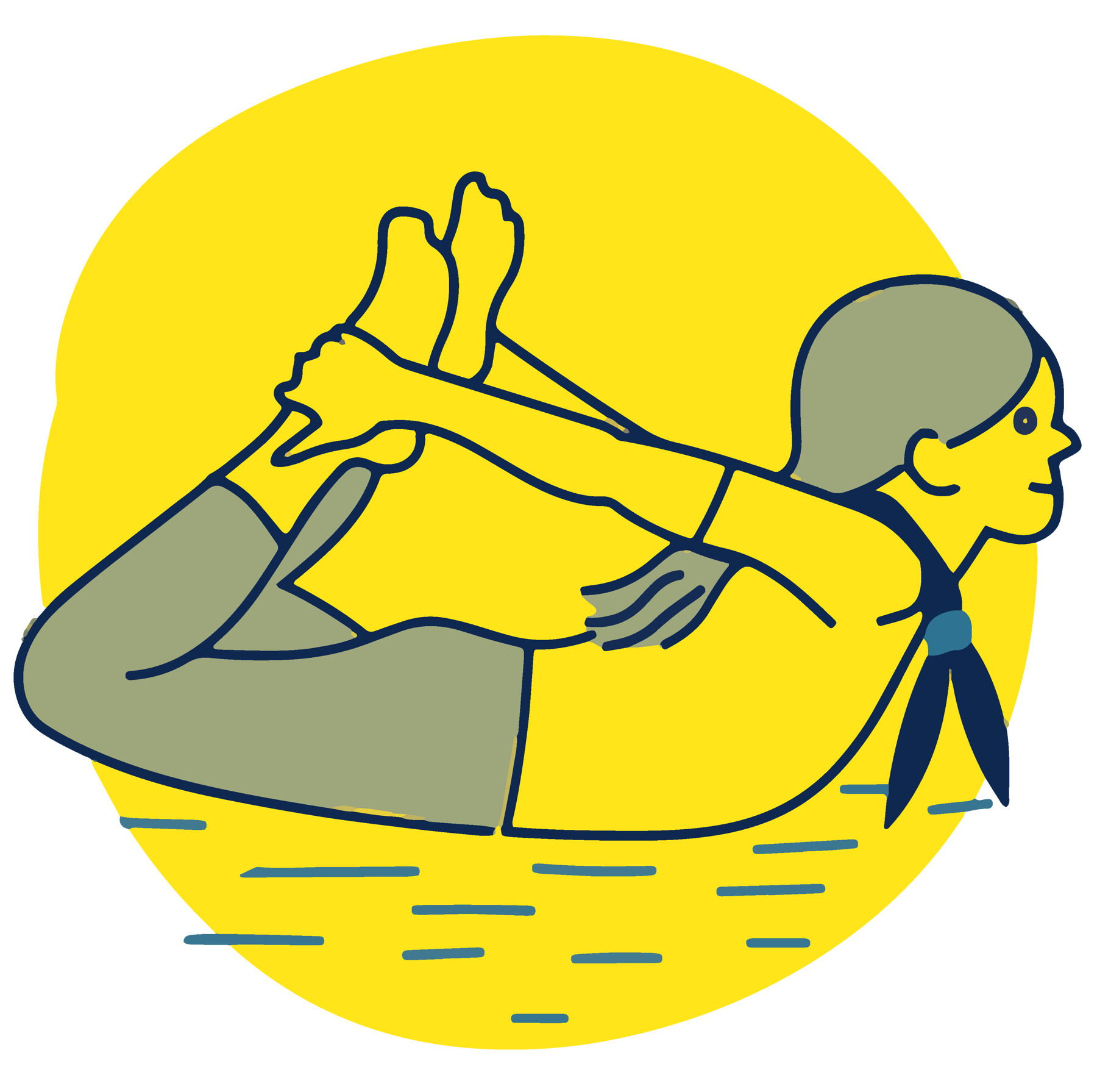Stretch and swim
You’ll need
- Scissors
- Suitable swimwear for the location, for everyone
- A list of exercises or stretches
Before you begin
The aim of a warm-up is to increase heart rate, body temperature and prepare the body for exercise. This activity allows everyone the opportunity to learn a stretch or exercise and teach it to the rest of the group. By doing this they have the opportunity to demonstrate safely how to prepare the body for physical exercise. This method is one version of a warm-up, there are lots of different ones available to use which can be done in a swimming pool or on land.
- Consider preparing to do this activity before a swimming activity, as it involves doing a pre-swim warm-up. Have everyone bring swimwear that’s suitable for the location and bring clothes to change into, and book in advance if using a leisure centre, lido or outdoor instructor.
Remember to look at the guidance on swimming before completing this activity. Also have a look at the guidance for non-swimmers if needed.
- Print off, or write down, a list of exercises or stretches suitable for a swimming activity. Make sure there is enough for one per person.
You can find some examples in the 'Warm-ups for swimmers' section below.
- Cut the stretches and exercises up individually, mix them up and get everyone to pick one.
Stretch
- Get everyone to complete research on the exercise or stretch they have chosen using the internet. They should look at how to do it, what muscles it uses and find out why it helps as part of a warm-up. If there’s time, they could explore how the stretch or exercise helps prepare specifically for swimming.
This part of the activity may be easier in a previous session at your meeting place, where it’s safe to use devices with internet access. If they know the stretches and exercises in advance, they could do their research at home before coming to this session.
- Everyone should practise their exercise or stretch. Making sure they take it easy, stretching within their limits.
... and swim
- Now, everyone can get in the shallow area of the pool. Swim gently for five minutes.
- Everyone should now take turns to lead their stretch or exercise, by getting out of the pool and demonstrating it to the rest of the group.
Make sure they name their stretch or exercise and explain how it will help everyone while they are swimming. Continue until all of the exercises or stretches have been done by everyone.
- Now that everyone’s warm, have the groups swim briskly for five minutes.
Warm-ups for swimmers

These yoga stretches and warm-up exercises will help to make sure you’re water-ready.

Pufferfish
Either lying down on your back, fat on the floor, standing up or sitting down, take long, deep breaths, puffing out your tummy as you fill your lungs with air. Then let the air out slowly. Yogic breathing means breathing in slowly for three counts, then breathing out slowly for four.

Turtle
Sitting on the floor with your legs stretched out in front of you, bend the knees slightly as you lean forward. Put your arms between your knees then hook them underneath. If it’s comfortable, gently straighten your arms and legs, with your arms still underneath and reaching out away from you. Stay in the position for a few breaths, then slowly come out of the pose. Repeat a few times.

Jellyfish
Standing up, straighten your shoulders and imagine a thread pulling your head up to the sky. Slowly go into a forward bend by folding over at the hips. Relax your torso, and swing your arms gently from side to side like a jellyfish’s tentacles.

Whale
Lie down on your front, bend your knees behind you, then slowly and carefully reach behind you with both hands. Stretching back gently, firmly take hold of your feet between the ankles and toes. Hold for a few yogic breaths, then gently release your feet to the floor. Repeat a few times.

Octopus
First, get into the Lotus position by sitting on the floor and crossing your legs. If it’s comfortable, place one of your feet on top of the opposite thigh (different people find one leg easier than the other, so try both). Then gently wave your arms up and down at your sides. Repeat a few times.
- Cross-body shoulder stretch
- Overhead triceps and shoulder stretch
- Standing hamstring stretch
- Standing quad stretch
- Standing side bend
- Cobra pose abdominal stretch
- Leg pendulum
- Lunges
- Star jumps
- Squats
- High knees
- Bum kicks
- Hip circles
- Arm circles
Reflection
This activity needed everyone to take part in delivering something to the rest of the group. Seeing someone else doing a warm-up correctly should’ve made the routine easier to copy. Did everyone feel ‘warmer’ and more free floating in the pool after doing the warm-up? Which of the exercises might be useful for doing after your swim, as well as before?
Safety
All activities must be safely managed. You must complete a thorough risk assessment and take appropriate steps to reduce risk. Use the safety checklist to help you plan and risk assess your activity. Always get approval for the activity, and have suitable supervision and an InTouch process.
- Scissors
Supervise young people appropriately when they’re using scissors. Store all sharp objects securely, out of the reach of young people.
- Near water
Manage groups carefully when near water. The guidance on activities near water will help you to keep your group safe.
- Water games and activities
Be careful when doing activities with, in, or near water. Check surfaces and reduce the risk of slipping where possible. Make sure you have appropriate supervision for this activity.
- Online safety
Supervise young people when they’re online and give them advice about staying safe. Take a look at our online safety or bullying guidance. The NSPCC offers more advice and guidance, too. If you want to know more about specific social networks and games, Childnet has information and safety tips for apps. You can also report anything that’s worried you online to the Child Exploitation and Online Protection Command. As always, if you’ve got concerns about a young person’s welfare, including their online experiences, follow the Yellow Card to make a report.
- Phones and cameras
Make sure parents and carers are aware and have given consent for photography.
Those who know multiple stretches or exercises may be able to lead an entire warm-up routine by themselves.
Make sure the list of exercises and stretches is suitable for everyone in the group.
All Scout activities should be inclusive and accessible.
Deliver this warm up or a simplified version to another section before they take part in a swimming activity.
Let young people pick the exercise or stretch they want from the list. They’ll be more enthusiastic about showing everyone else how to do it, if it’s one that they’ve championed.
